
A farmer uses a traditional method to thresh rice in a field in Zigui county, Hubei Province. (MEI XUEFEI/XINHUA)
China has drastically curbed the wealth gap, expanded public service coverage and boosted consumption of cultural products as the world's most populous nation has transformed itself into a moderately prosperous society in all respects, or Xiaokang Shehui, officials said.
China announced earlier this year that it has eliminated absolute poverty, achieved Xiaokang and embarked on a new task to vitalize rural regions and achieve common prosperity.
To mark the success, the State Council Information Office released on Tuesday a white paper titled "China's Epic Journey from Poverty to Prosperity".
It said the Engel coefficient-the proportion of money in household expenses spent on food-of urban residents was down from 57.5 percent in 1978 to 29.2 percent in 2020, and that of rural residents dropped in that period from 67.7 percent to 32.7 percent.
The decreasing coefficient signifies that a smaller percentage of income is spent on food and other necessities and indicates growing income.
Ning Jizhe, head of the National Bureau of Statistics, said at a news conference after the document's release that the urban-rural disposable income ratio was 2.56 last year, down from 2.99 a decade earlier.
He said the disposable income ratio between the richest and poorest provincial regions (Shanghai and Gansu province, respectively) last year was 3.55, down from 4.62 in 2010, when the richest and poorest were Shanghai and the Tibet autonomous region, respectively, he said.
Since 2012, "the wealth gap still exists but continued to narrow between urban and rural areas and among different regions and groups", said Ning, who also is deputy director of the National Development and Reform Commission.
He said China's Gini coefficient, a commonly used estimation of inequality, was 0.468 last year, compared with the peak of 0.491 in 2008.
Rapidly expanding public services have also helped ease the imbalances. China's healthcare plan now covers 1.35 billion people and the pension fund program covers 1 billion. It also built more than 80 million affordable homes, benefiting about 200 million people.
"During the 14th Five-Year Plan period (2021-25), China will continue to control and narrow the gap. We'll make bigger cakes and divide them more fairly," he said.
The prosperity has been reflected in box office and tourism revenues. Xu Lin, head of the State Council Information Office, said at the news conference that China has over 80,000 screens, the most globally. National box office income topped 60 billion yuan ($9.3 billion) in 2018 and reached 64.2 billion yuan in 2019, the second highest globally.
China grossed 20.4 billion yuan at the box office-the most in the world-last year amid the COVID-19 pandemic-induced disruptions and remained at the top in the first eight months of this year, with 32.8 billion yuan. In 2019, Chinese tourists made more than 6 billion visits and generated 5.7 trillion yuan in tourism income, he said.
"Common prosperity is not only material wealth, but also spiritual prosperity," said Xu, who also is deputy head of the Publicity Department of the Communist Party of China Central Committee.
"All-around development of people and all-around progress of society are being realized," he added.
Xu said that the success of Xiaokang means that China has hit a major target in its modernization and national rejuvenation drives, but he conceded that development remains unbalanced and incomplete.
He said that working hard is the only path toward prosperity for the world's largest developing country, with 1.4 billion people.
"The Chinese people cannot wait for good days to arrive on their own, nor ask others to make it happen," he said. "To work hard is the only way."
The white paper said China's national GDP has grown by 9.2 percent on average each year since 1979, compared with a global average of 2.7 percent during the same period. It was also the first country to contain COVID-19, reopen its economy and achieve economic recovery.
Since 1978, China has managed to pull 770 million residents out of poverty in accordance with the World Bank's poverty threshold, representing 70 percent of global progress, it said.
China's success has boosted the "confidence and strength" of other peoples who are grappling with poverty, given that global poverty reduction efforts have been regressing in recent years, it said.








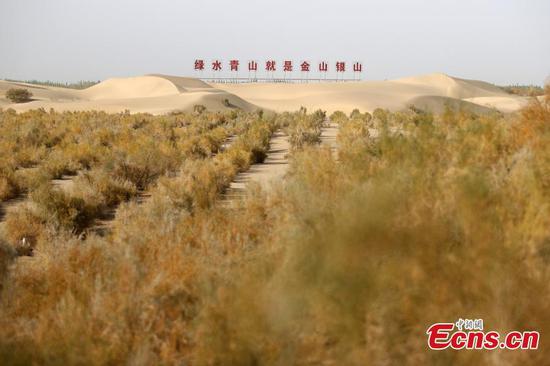
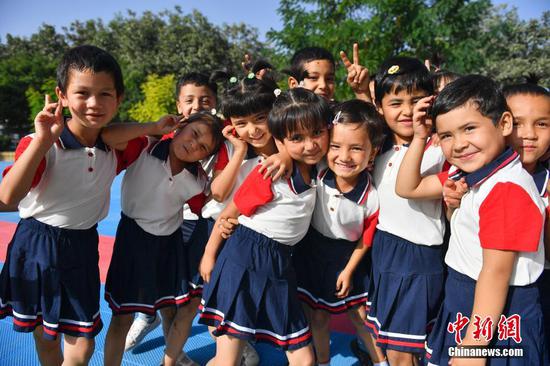
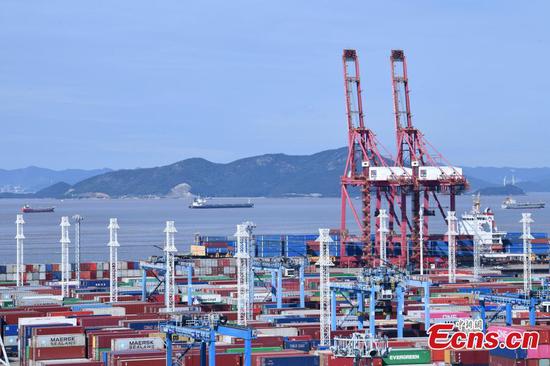

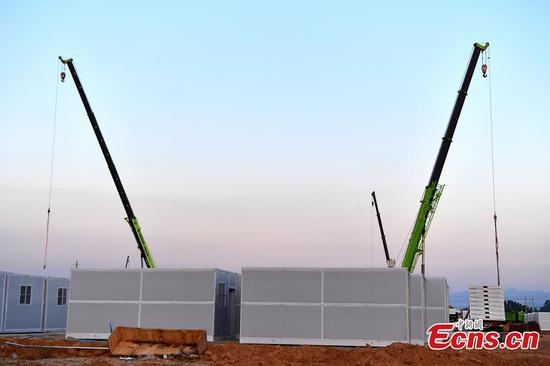
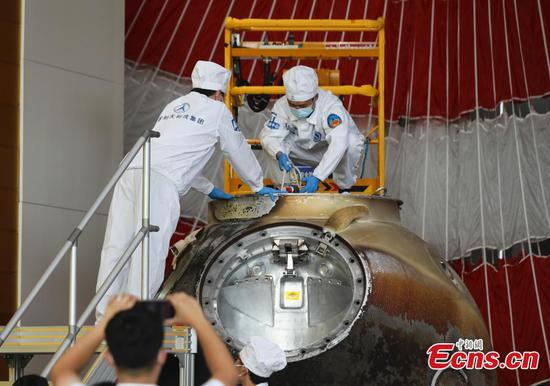

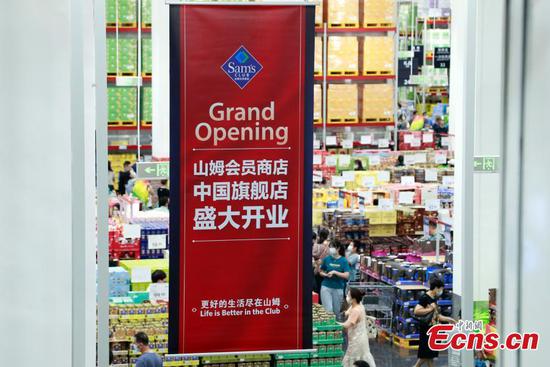

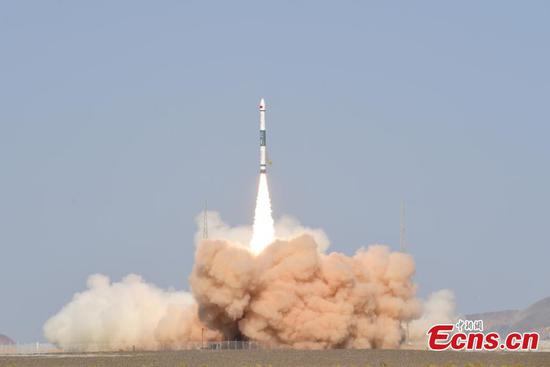

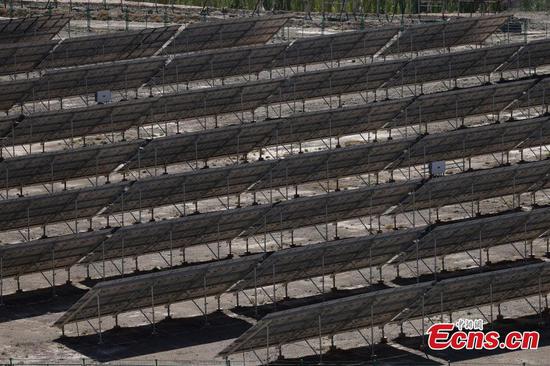

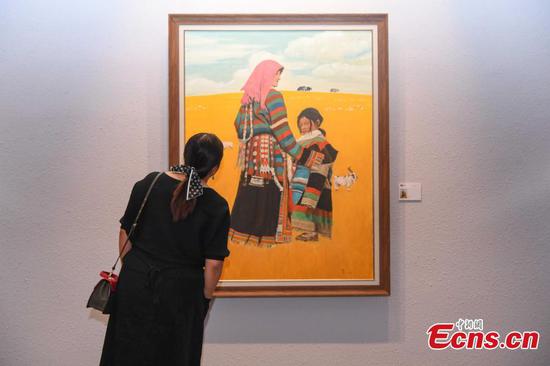

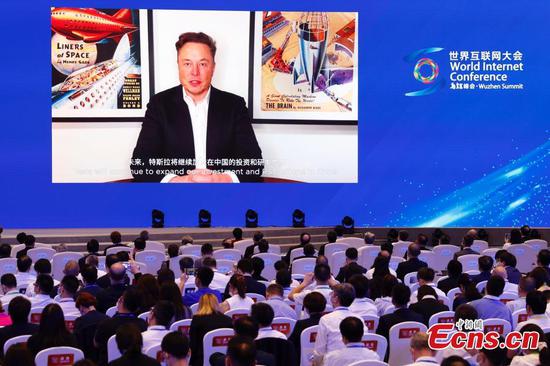




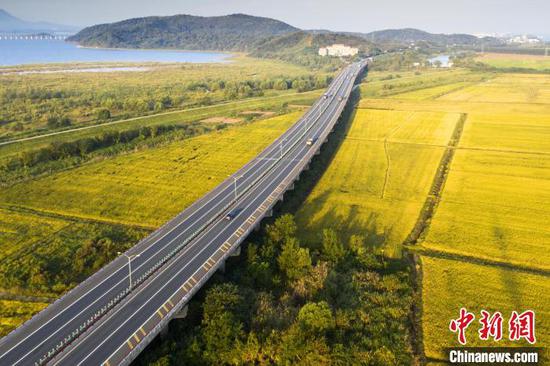
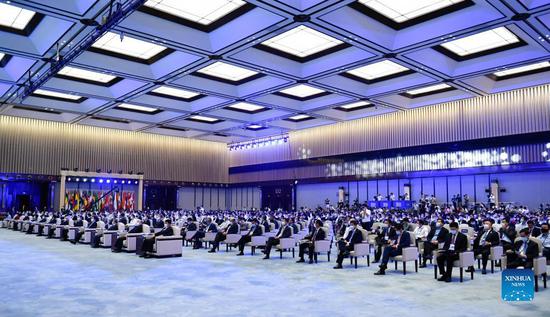











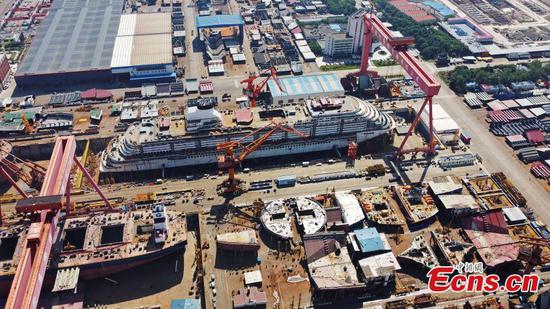
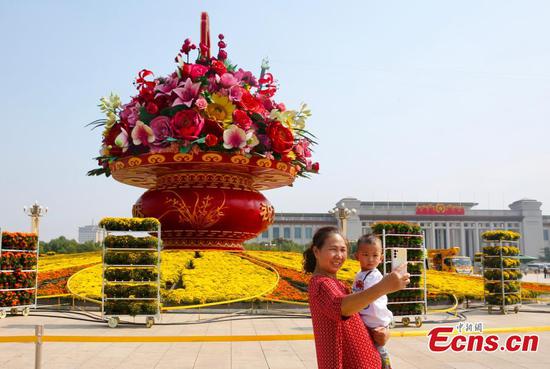
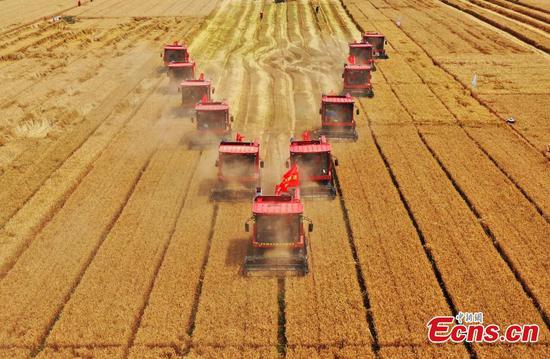


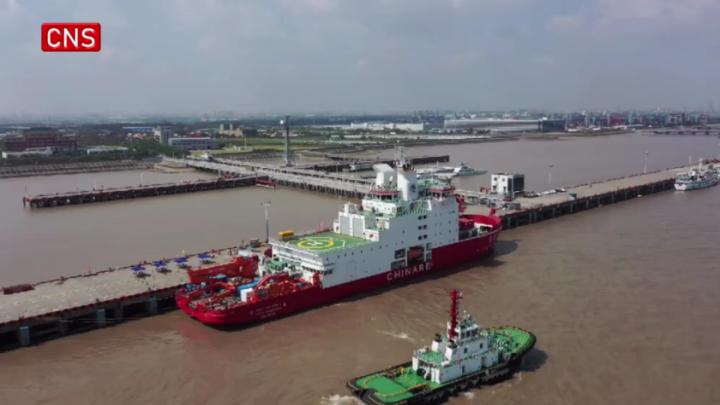



 京公网安备 11010202009201号
京公网安备 11010202009201号